Choosing the right type of insulation is critical not only for energy efficiency but also for preventing potential mold growth in your home. Some types of insulation are highly prone to mold, while others offer natural resistance. Understanding the differences between these materials can help you make informed decisions to safeguard your home from mold-related issues. In this guide, we’ll examine the worst types of insulation for mold growth, explain why certain materials are more susceptible, and highlight the best mold-resistant insulation options for a healthier indoor environment.
Why Mold Growth on Insulation Matters
Mold growth in insulation can lead to serious problems, from health issues to structural damage. When mold spores infiltrate insulation, they can spread throughout the home, affecting indoor air quality and causing allergic reactions, respiratory issues, and other health complications. Moldy insulation also loses its effectiveness, compromising energy efficiency and increasing heating and cooling costs. This makes choosing the right insulation—especially in moisture-prone areas—an important step for mold prevention and long-term home maintenance.
Factors That Make Insulation Prone to Mold Growth
Mold requires three main elements to grow: moisture, organic material, and a suitable temperature. Insulation materials vary in their susceptibility to mold based on these factors. Here’s a look at some key contributors:
- Moisture Retention: Some insulation materials, like fiberglass and cellulose, can absorb and retain moisture if not properly protected. This trapped moisture can create an ideal breeding ground for mold.
- Organic Composition: Organic materials (like cellulose) are more likely to support mold growth because they offer nutrients for mold spores.
- Airflow and Ventilation: Poorly ventilated spaces increase the risk of mold growth, as trapped air allows moisture to accumulate.
To learn more about the conditions that promote mold growth, visit the Environmental Protection Agency’s (EPA) mold guide.
Types of Insulation Most Prone to Mold Growth
Some insulation materials are naturally more susceptible to mold than others due to their composition and moisture-absorbing properties. Let’s take a closer look at the types of insulation that are most likely to harbor mold:
1. Fiberglass Insulation (Without a Vapor Barrier)

Fiberglass insulation is commonly used in residential properties due to its affordability and thermal performance. However, fiberglass is also prone to mold growth under certain conditions. When fiberglass insulation lacks a vapor barrier, it can absorb moisture from the surrounding air or water leaks. Moisture trapped in fiberglass can foster mold growth over time, especially in humid or poorly ventilated areas like basements and crawlspaces.
How to Prevent Mold on Fiberglass Insulation: When using fiberglass insulation, always install a vapor barrier to reduce moisture exposure. Additionally, ensure proper ventilation in areas with fiberglass insulation to minimize the risk of mold.
2. Cellulose Insulation
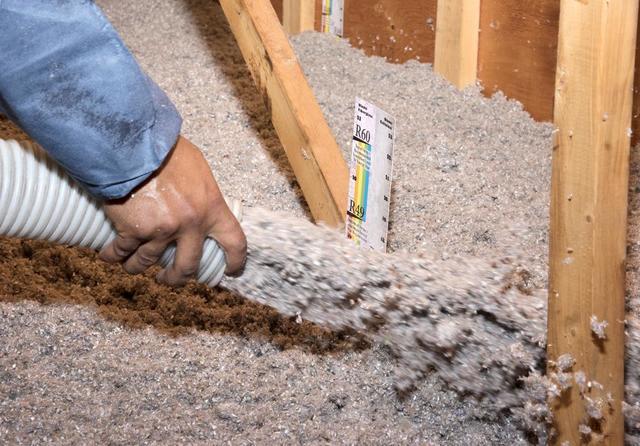
Cellulose insulation is made from recycled paper products and is treated with fire retardants. While it’s an eco-friendly option, cellulose is also highly susceptible to mold due to its organic composition. Even though cellulose insulation is treated to resist fire, this treatment does not make it mold-resistant. If cellulose insulation gets wet, it can retain moisture for extended periods, allowing mold to grow.
How to Prevent Mold on Cellulose Insulation: Avoid using cellulose insulation in high-humidity areas or areas prone to leaks. If you choose cellulose, ensure it remains dry, and consider using it only in well-ventilated spaces.
3. Cotton Insulation
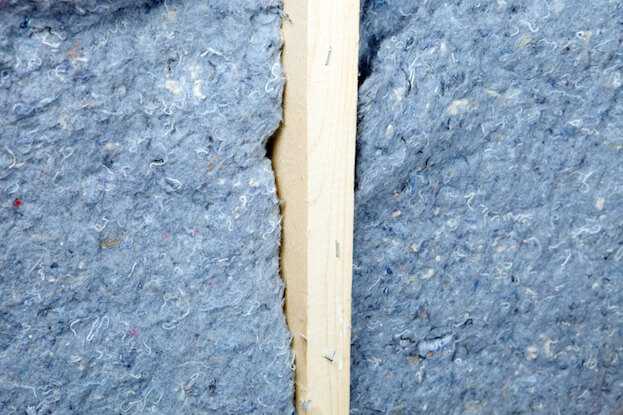
Cotton insulation, often made from recycled denim, is another environmentally friendly insulation option. However, like cellulose, cotton is an organic material, making it susceptible to mold growth in humid conditions. Cotton insulation is absorbent and can retain moisture, which provides mold spores with an ideal environment for growth.
How to Prevent Mold on Cotton Insulation: Consider using cotton insulation only in dry, low-humidity areas. Proper ventilation and moisture control are essential to prevent mold from developing on cotton insulation.
Mold-Resistant Insulation Options
Fortunately, there are insulation materials that are more resistant to mold growth, making them better suited for moisture-prone areas. Here are some of the top mold-resistant insulation options:
1. Closed-Cell Spray Foam Insulation
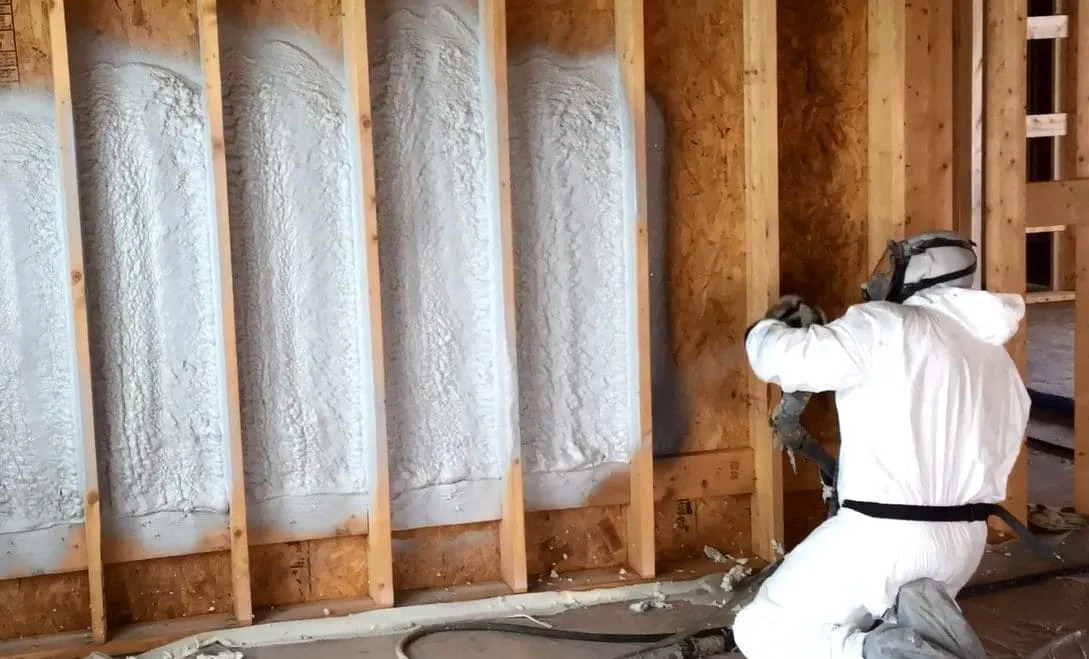
Closed-cell spray foam insulation is one of the most mold-resistant options available. It forms an airtight and watertight seal that prevents moisture from penetrating the insulation. Additionally, spray foam is inorganic, which means it doesn’t provide a food source for mold. This type of insulation is particularly beneficial in areas with high humidity or frequent water exposure, such as basements and crawlspaces.
Learn more about spray foam insulation on the U.S. Department of Energy’s website.
2. Rigid Foam Board Insulation
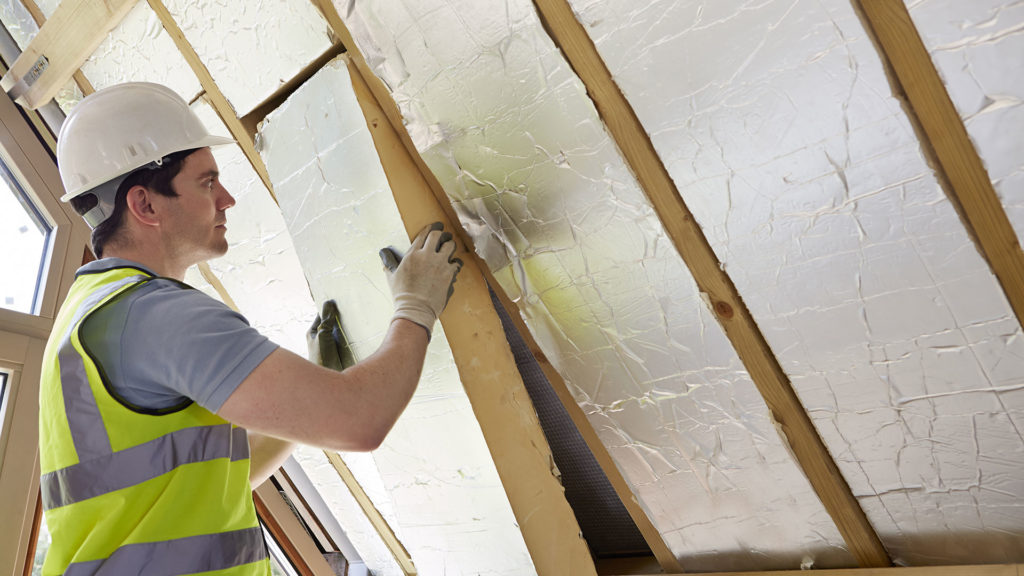
Rigid foam board insulation, made from materials like expanded polystyrene (EPS) and extruded polystyrene (XPS), is highly resistant to moisture and mold. Foam board insulation doesn’t absorb water, which prevents mold growth even in damp conditions. It’s ideal for use in basements, attics, and other areas prone to moisture intrusion.
3. Mineral Wool (Rock Wool) Insulation
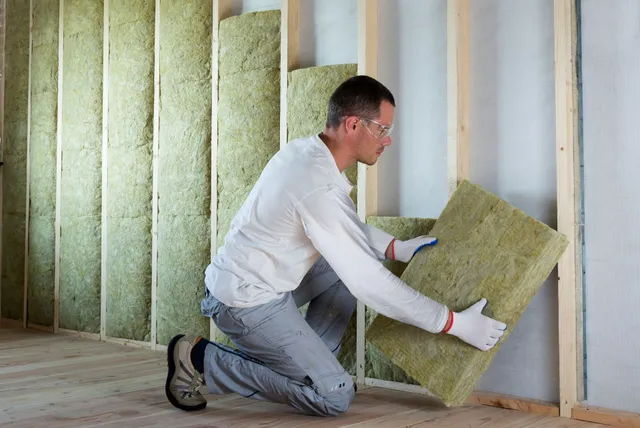
Mineral wool insulation, also known as rock wool, is a mold-resistant option made from spun volcanic rock or recycled slag. It has a natural resistance to both moisture and mold, making it an excellent choice for humid environments. Mineral wool insulation is also fire-resistant, providing added safety benefits.
Comparing Mold-Prone and Mold-Resistant Insulation Types
To help you choose the best insulation for mold prevention, here’s a quick comparison of mold-prone and mold-resistant insulation types:
| Insulation Type | Prone to Mold Growth | Recommended Usage |
|---|---|---|
| Fiberglass (without vapor barrier) | Yes | Dry areas with proper ventilation |
| Cellulose | Yes | Avoid in high-humidity or moisture-prone areas |
| Cotton | Yes | Dry, low-humidity areas |
| Closed-Cell Spray Foam | No | High-moisture areas (e.g., basements, crawlspaces) |
| Rigid Foam Board | No | Basements, attics, moisture-prone areas |
| Mineral Wool | No | Humid environments with moisture exposure |
FAQs About Insulation and Mold Growth
| Question | Answer |
|---|---|
| What type of insulation is worst for mold growth? | Organic-based insulations like cellulose and cotton are the most prone to mold growth due to their moisture retention and nutrient content. |
| Can mold-resistant insulation prevent mold entirely? | Mold-resistant insulation reduces the risk but cannot prevent mold entirely if moisture is present for an extended period. |
| How can I protect my insulation from mold? | Use a vapor barrier, ensure proper ventilation, and choose mold-resistant materials like closed-cell spray foam or rigid foam board in moisture-prone areas. |
| Is fiberglass insulation mold-resistant? | Fiberglass insulation is not inherently mold-resistant, but adding a vapor barrier can reduce mold risks. |
| Can I replace mold-prone insulation with mold-resistant options? | Yes, replacing mold-prone insulation in high-moisture areas with mold-resistant alternatives can help prevent future mold issues. |
Conclusion
Choosing the right insulation for your home goes beyond energy efficiency—it’s also essential for mold prevention. Insulation types like cellulose and cotton, while eco-friendly, are highly prone to mold growth in humid or moisture-exposed environments. Mold-resistant options such as closed-cell spray foam, rigid foam board, and mineral wool provide better protection against mold and are ideal for high-humidity areas like basements and crawlspaces. By selecting the appropriate insulation and implementing moisture control measures, you can protect your home from mold-related issues and enjoy a healthier indoor environment.

